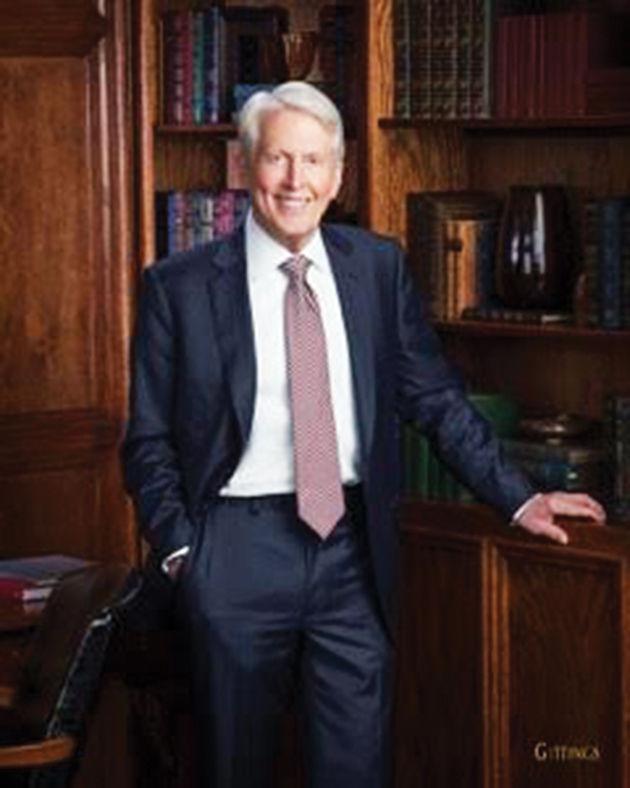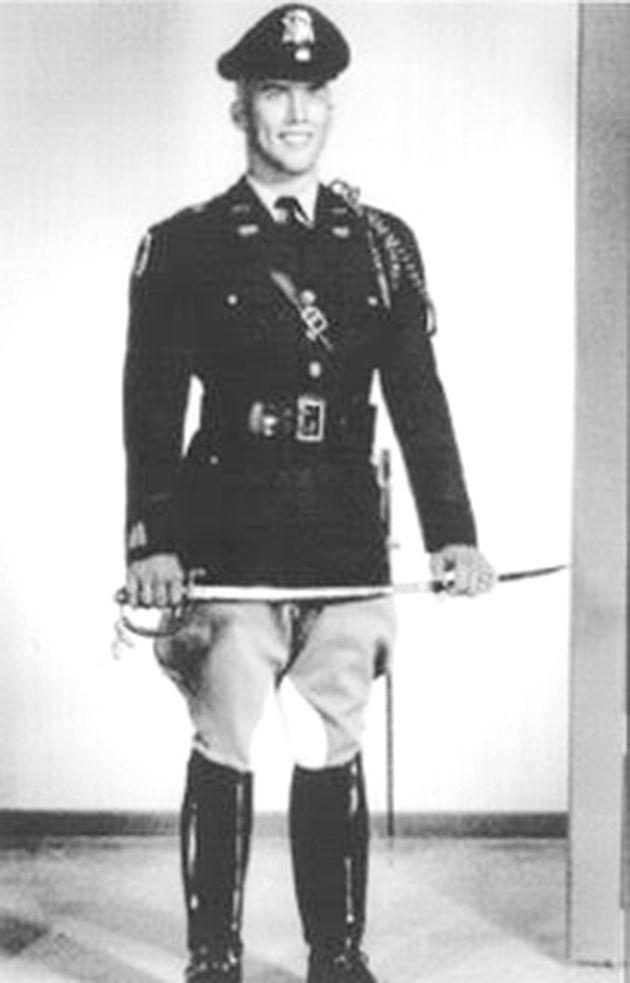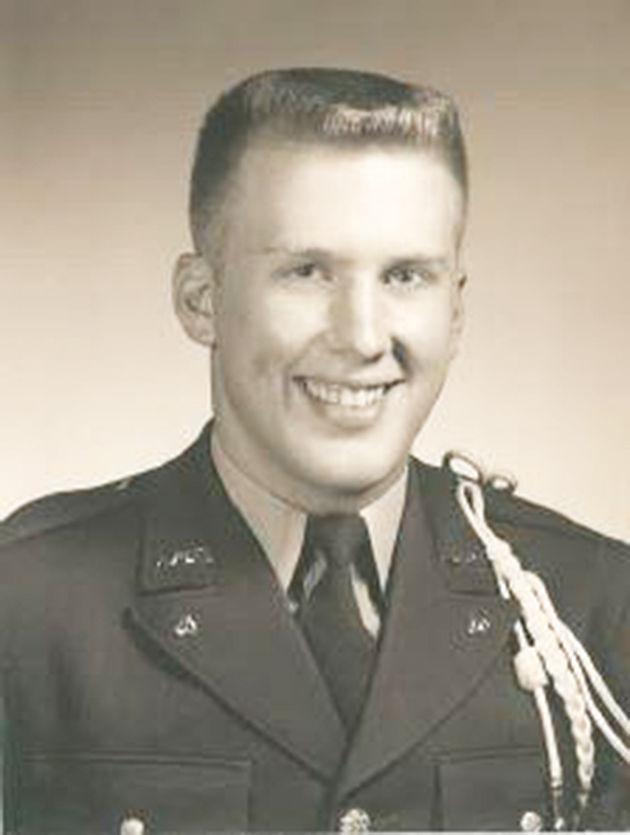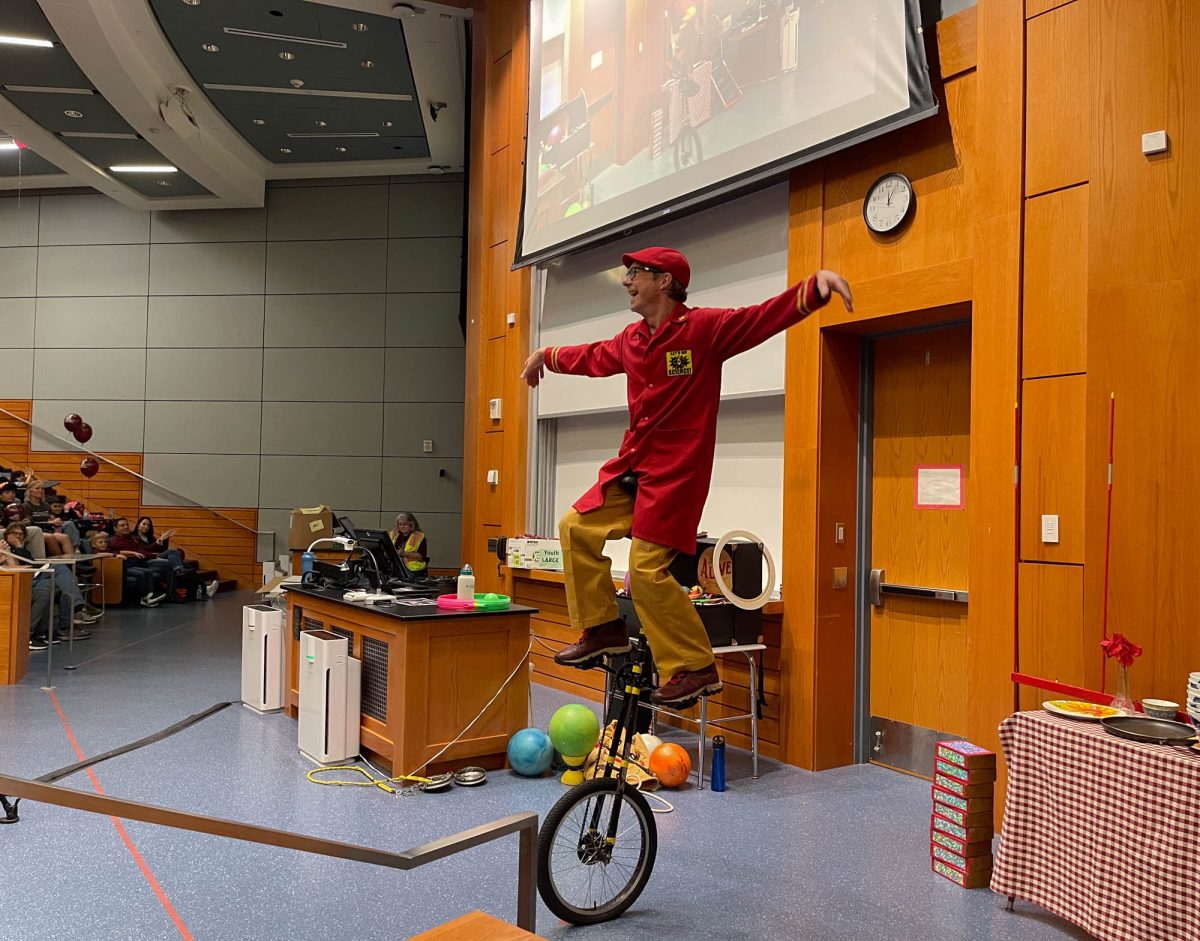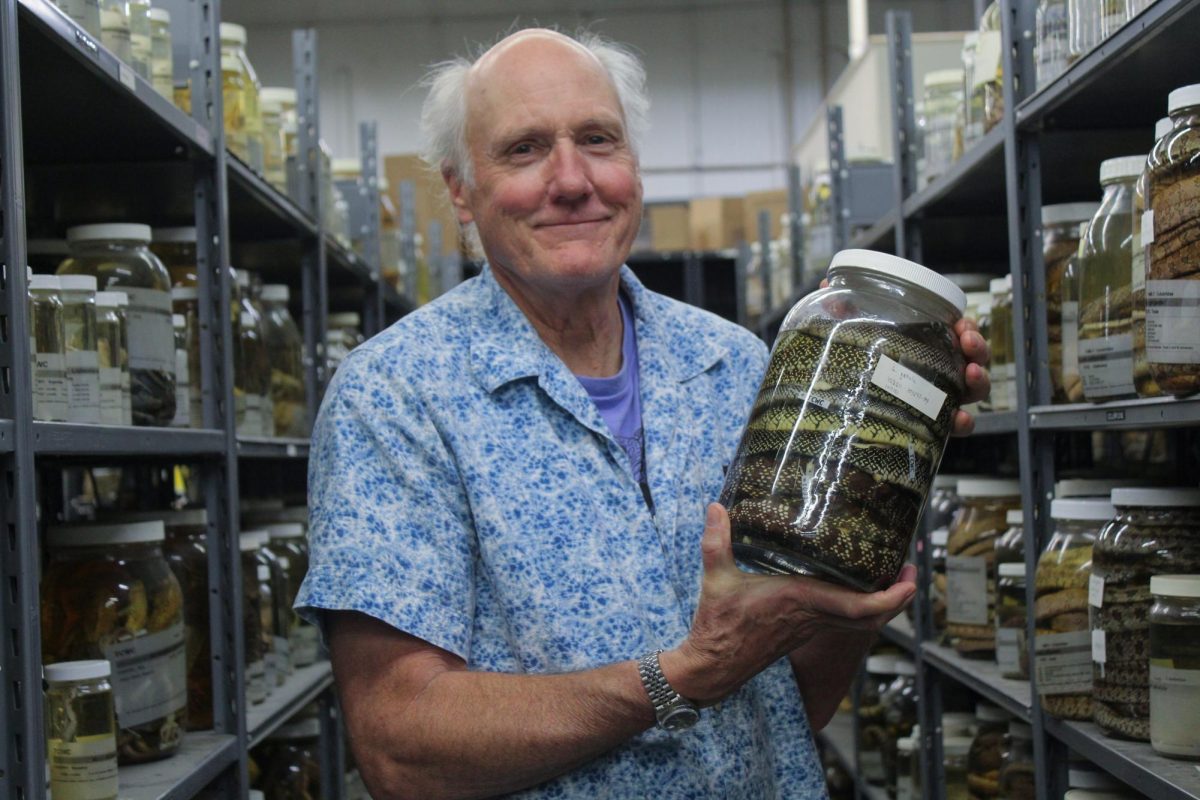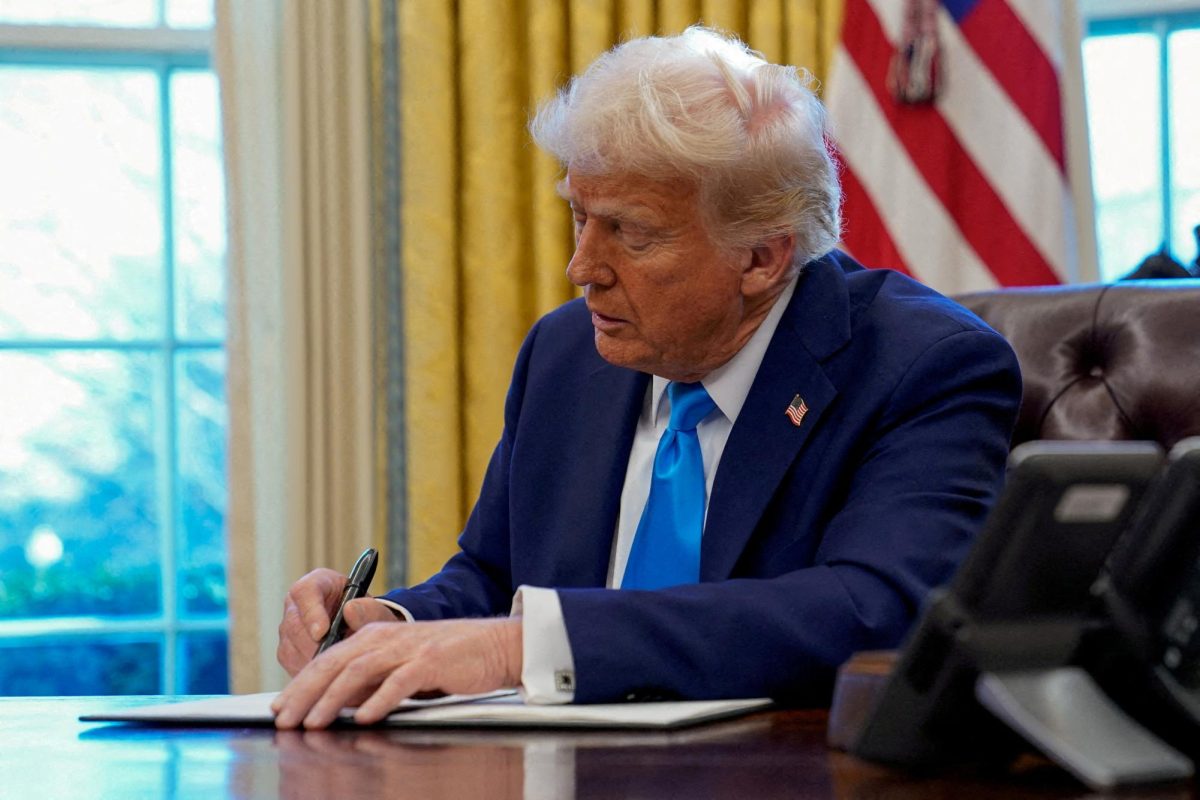The name “Eller” may only seem familiar to the oceanography and meteorology students who go to class in the building named after the man, but David Eller has had a reaching impact on both Texas A&M and the world of biotechnology.
Eller graduated from Texas A&M in 1959 with a degree in geological engineering. A lot has changed since his days as a student at the small, military-focused Agricultural and Mechanical College of Texas, Eller said.
“It was a tight-knit group, and of course things were all done together then,” Eller said. “When football games were played against teams in the Southwest Conference, such as TCU, SMU, Rice or Texas, it would be a Corps trip to the respective cities with essentially the whole school going, since the Corps of Cadets was the whole school.”
After graduating Eller went on to serve in with the Army Corps of Engineers and worked in Germany. Once he completed his service, Eller transitioned his career from engineering to business. He has since been an executive in a handful of biotechnology companies which have had breakthroughs in the fields of cloning and stem cell therapy.
Eller also served as chairman of the Board of Regents and as chancellor for the Texas A&M University System from 1983 to 1989. While on A&M’s Board of Regents, Eller tried to focus on saving the university money and finding ways to generate profit.
In his time on the board, Eller oversaw a $50 million upgrade to Easterwood Airport to allow access to commercial aircraft — a move that opened it up for a presidential visit by then-president George H.W. Bush. Another $50 million at the time was used to create the Institute of Bioscience and Technology in Houston.
Along with having a hand in the creation of the Institute of Bioscience & Technology, Eller has been an executive in a number of other influential biotechnology companies.
“Granada Corporation was a vertically integrated biosciences company, and it was really one of the largest in the world at the time,” Eller said. “Then in 1983 we got the first world patent on mammalian cloning. Years later, Dolly the lamb was cloned based on that technology.”
Eller served as president and chief operating officer of Dupont Pharmaceuticals’ European branch for several years before returning to the United States. After Dupont was sold in the early 2000s, he continued his career as a business executive in the bioscience industry — with some prodding from his old friend, Rick Perry.
“Gov. Rick Perry had always been a friend of mine, but when I came back with my wife from London, Gov. Perry asked me to come have a cup of coffee with him, which I did,” Eller said. “When I walked in he said, ‘Are you too old to do one more gig?’ and I said, ‘Well, it really depends on what you are talking about.’”
Perry wanted to discuss stem cell business opportunities with Eller, and Eller was soon on board with his startup company, Celltex.
Celltex provides stem cell therapy to people with a variety of ailments and ages ranging from 3 to 96 years old. Celltex’s procedure is unique in that they are able to collect and then grow the patient’s own stem cells from their fat tissue.
The man behind the building: David Eller’s life, career, impact on A&M
November 5, 2015
Photo by PROVIDED
Eller 3
1
Donate to The Battalion
$2790
$5000
Contributed
Our Goal
Your donation will support the student journalists of Texas A&M University - College Station. Your contribution will allow us to purchase equipment and cover our annual website hosting costs, in addition to paying freelance staffers for their work, travel costs for coverage and more!
More to Discover




